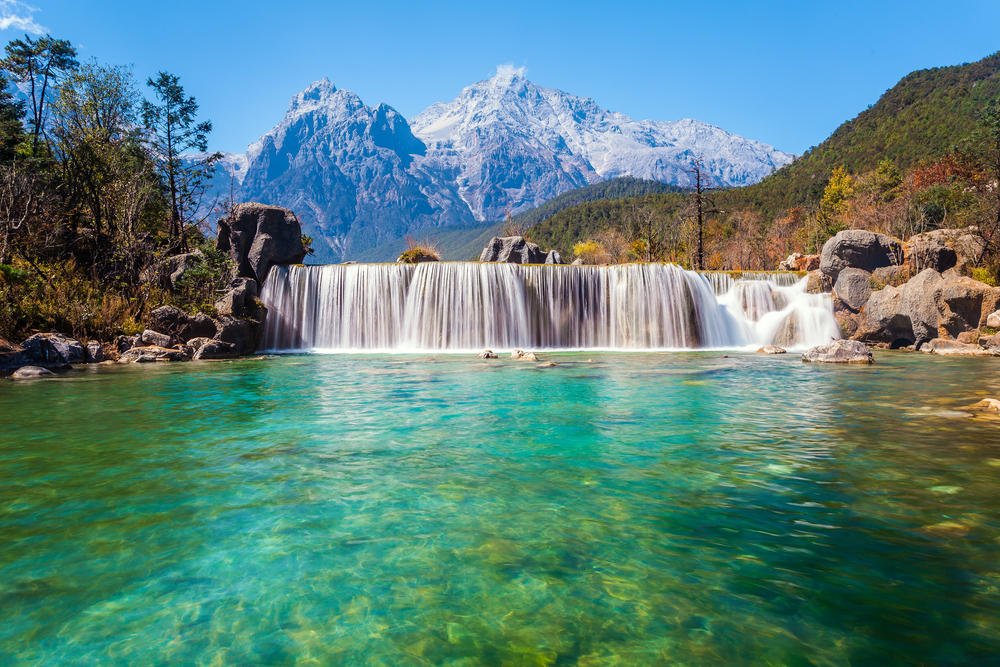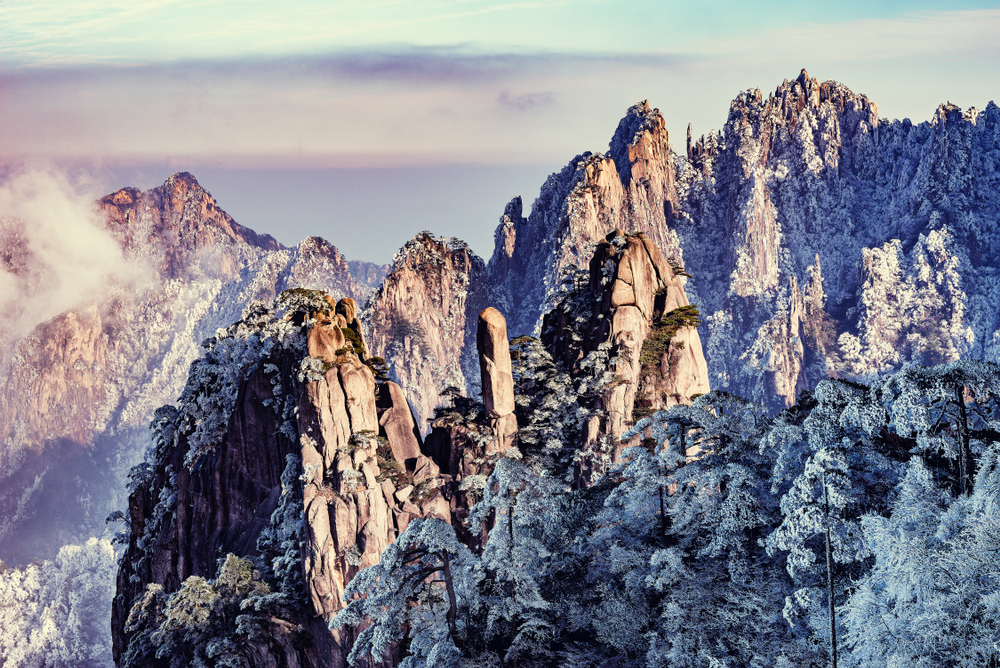Popular
Huangshan is not known for its wildlife, but it is available with some diverse species. Here are some hopeful species that visitors wish to see:
Giant Panda
The beloved giant panda, an emblem of conservation, occasionally roams Huangshan National Park, feasting on bamboo shoots and captivating visitors with its playful antics.
Golden Pheasant
The resplendent golden pheasant, with its vibrant plumage, graces the forests of Huangshan National Park, adding a splash of color to the serene landscape.
Clouded Leopard
The elusive clouded leopard, a symbol of mystery, prowls through the dense foliage of Huangshan National Park, displaying its agile movements and nocturnal prowess.
Red-crowned Crane
The elegant red-crowned crane, revered in Chinese culture, dances gracefully in the wetlands of Huangshan National Park, symbolizing longevity and prosperity.
Giant Salamander
The giant salamander, a living fossil, inhabits the streams and rivers of Huangshan National Park, embodying resilience and adaptation in its aquatic habitat.
Chinese Muntjac
The diminutive Chinese muntjac, a shy forest dweller, hides amidst the underbrush of Huangshan National Park, nibbling on leaves and fruits under the cover of darkness.
Crested Ibis
The majestic crested ibis, once on the brink of extinction, finds sanctuary in Huangshan National Park, its white plumage soaring gracefully over lush valleys.
Golden Takin
The golden takin, a symbol of strength and determination, roams the rugged slopes of Huangshan National Park, foraging for alpine vegetation with its impressive horns.
Chinese Serow
The elusive Chinese serow, a mountain goat-antelope hybrid, navigates the steep cliffs and rocky outcrops of Huangshan National Park, blending seamlessly into its rocky habitat.
Tufted Deer
The tufted deer, distinguished by its tuft of hair and elegant antlers, roams the forests of Huangshan National Park, grazing on leaves and grasses.


































































































